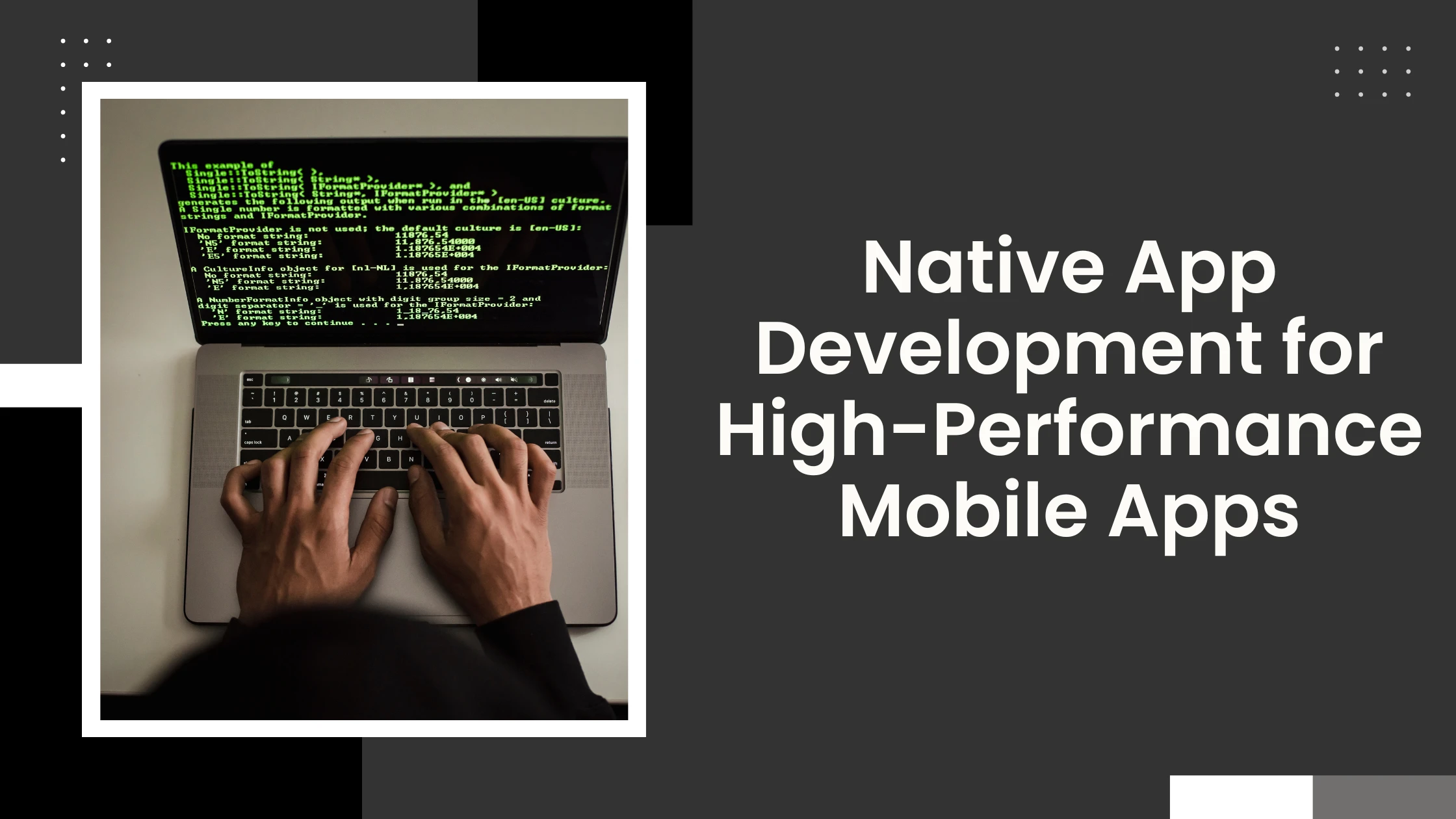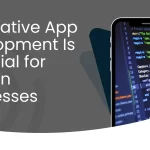Native App Development for High-Performance Mobile Apps
In today’s digital age, high-performance mobile apps are more important than ever. Native app development stands out by offering top speed, efficiency, and a smooth user experience. With users expecting seamless performance, choosing the right development approach is crucial. Native development helps apps perform better and stand out in a crowded market.
What is Native App Development?
Native app development involves creating apps specifically for a particular platform, like iOS or Android, using platform-specific languages and tools. Unlike cross-platform development, it uses Swift for iOS and Java or Kotlin for Android. This method maximizes the device’s hardware and software capabilities, resulting in apps that are faster, more efficient, and feature-rich.
Understanding Native App Development
Native app development is rooted in the principles of leveraging platform-specific features to deliver a superior user experience. By focusing on the unique characteristics of each operating system, developers can create applications that fully utilize the capabilities of the device, such as camera functionality, GPS, and push notifications.
Platform-Specific Development Explained:
Platform-specific development involves writing code that follows the guidelines of a particular operating system. For example, iOS apps follow Apple’s Human Interface Guidelines, while Android apps adhere to Google’s Material Design. By following these standards, developers ensure apps function well and provide a user experience familiar to each platform’s users.

What Makes an App High-Performance
High-performance apps are characterized by their speed, responsiveness, and efficiency. Several factors contribute to an app’s performance, including:
- Load Time: The time it takes for an app to launch and present its initial content.
- Response Time: The speed at which the app responds to user interactions.
- Resource Management: How well the app utilizes device resources like CPU, memory, and battery.
- Stability: The app’s ability to run without crashing or experiencing significant bugs.
A high-performance app not only meets user expectations but also enhances user engagement and retention, ultimately driving business success.
Best Practices for High-Performance Native Apps
Code Optimization Techniques:
Optimizing code is crucial for enhancing app performance. Here are some effective techniques:
Minimize Overhead: Avoid unnecessary libraries and frameworks that can bloat the app size and slow down performance.
Efficient Data Handling: Use efficient data structures and algorithms to minimize processing time and memory usage.
Lazy Loading: Implement lazy loading techniques to load resources only when needed, reducing initial load times.
Memory Management: Monitor and manage memory usage to prevent leaks and crashes. Utilize tools like Xcode Instruments for iOS or Android Profiler for Android to identify memory issues.
Minimize Overhead:
Leveraging native UI components can significantly improve an app’s performance and user experience. Native components are optimized for the platform, ensuring smooth transitions, animations, and interactions.
Consistent Look and Feel: Using native components ensures that the app adheres to the design language of the platform, providing users with a familiar interface.
Performance Efficiency: Native components are optimized for performance, reducing rendering times and enhancing responsiveness.
Accessibility Features: Native UI components often come with built-in accessibility features, making it easier to create inclusive applications.
Regular Testing and Profiling:
Regular testing and profiling are essential to maintaining high performance throughout the app’s lifecycle.
Automated Testing: Implement automated testing frameworks to ensure that new features do not introduce performance regressions.
User Testing: Conduct user testing to gather feedback on performance and usability, allowing for iterative improvements.
Performance Profiling: Use profiling tools to monitor app performance continuously. Identify bottlenecks and areas for improvement, and address them proactively.
The Future of Native App Development
As technology continues to evolve, so too does native app development. Several trends are shaping the future of this field:
Increased Focus on Performance: With the rise of mobile gaming and augmented reality applications, the demand for high-performance apps will continue to grow, making native development the preferred choice.
Integration of AI and Machine Learning: Native apps will increasingly integrate AI and machine learning capabilities, allowing for personalized user experiences and smarter functionalities.
Cross-Platform Features: While native development will remain strong, we may see a blending of native and cross-platform features, allowing developers to share code while still delivering high-performance applications.
Advancements in Development Tools: Tools and frameworks for native development will continue to improve, making it easier for developers to create high-quality apps efficiently.
Conclusion
Native app development is key to building high-performance mobile applications. It uses platform-specific features, optimized code, and best practices to exceed user expectations. As mobile technology evolves, native development is essential for delivering great user experiences and business success. Knowing its principles helps you make smart choices for new or existing app projects.










